A catalogue, co-published by the Vatican Museums and Aboriginal Studies Press, lists and sheds light on the artifacts in the Vatican’s “Anima Mundi” Ethnological Museum section dedicated to Australia. Barbara Jatta, Director of the Museum talks of the fruitful collaboration that has led to this innovative publishing venture.
The Vatican Museums this week hosted the launch of a significant event that is part of its mission to build bridges and understanding between diverse peoples and cultures: the presentation, by Museums Director Barbara Jatta, of an important text entitled “Australia. The Vatican Museums indigenous collection.”
 The catalogue in question lists and examines the collection of artwork and artifacts of the Aborigenes of Australia within the Vatican’s Ethnological “Anima Mundi” Museum.
The catalogue in question lists and examines the collection of artwork and artifacts of the Aborigenes of Australia within the Vatican’s Ethnological “Anima Mundi” Museum.
Co-published by the Vatican Museums and “Aboriginal Studies Press” the launch was possible thanks to the collaboration of the Australian Embassy to the Holy See that was keen to point out how each individual part of the catalogue has been produced in close contact with the aboriginal communities, in accordance with the philosophy of “reconnection” that characterizes both the recent history of the Australian territory, and the section of the Vatican Museums that houses the ethnological collections.
Linda Bordoni spoke to Barbara Jatta about the meaning of the event and about the spirit of collaboration and “reconnection” it expresses.
Importance of collaboration
Jatta highlights the fact that the catalogue became a reality thanks to what she describes as “a very important collaboration between the Vatican Museums and the Embassy of Australia to the Holy See”, but also with Australian culture in a wider sense.
“It is the first catalogue dedicated to Australia that the Vatican has produced and I think it is a very, very important part of our mission of ‘reconnection’ with the peoples and the cultures that are behind the objects displayed in our ethnological museum, ‘Anima Mundi’, which is one of the parts and one of the great collections of the Vatican Museums.
Why is it important
Jatta explained that this kind of project allows us to undertake a journey of reconnection with peoples and learn to understand what is behind an object. She said it is a way to “enter deeply into the history, the heart and the soul of a people”.
“I believe that art builds bridges: some of the deep meanings [in a work of art] are so similar even although the culture may be different” she said.
She explained that often the core values expressed through art by incredibly diverse cultures are often very similar to each other and they provide bridges that express a common intent and common spirit.
“Anima Mundi”
“Anima Mundi” of course means “Soul of the World” and Jatta confirmed that the ethnological section of the Museums is most certainly not considered of secondary importance.
She pointed out that it was called “Anima Mundi” before her arrival at the Museums but that she wholeheartedly approves of the choice.
She said it was the original curator of this part of the Museum, Father Nicola Mapelli, who chose the and added that it is very important for the Vatican Museums.
Jatta also noted that Pope Francis himself approves of it “because it is very much in line with what Pope Francis wants the mission of the Museum to be” and explained that the launch of the Australia Catalogue is also part of this mission.
Pope Francis and the Vatican Museums
Pope Francis, Jatta said, wants the Museums to be a bridge between different peoples and different cultures.
“He wants it to be, she concluded, a place where people can meet each other on common themes in terms of history, of art and also of faith”.
By Linda Bordoni

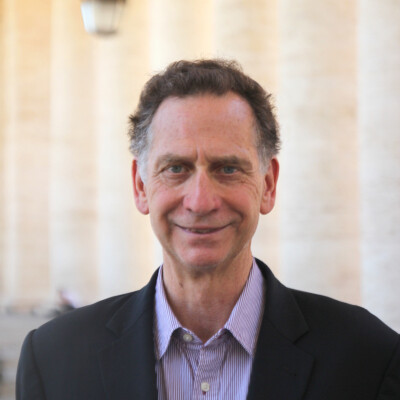
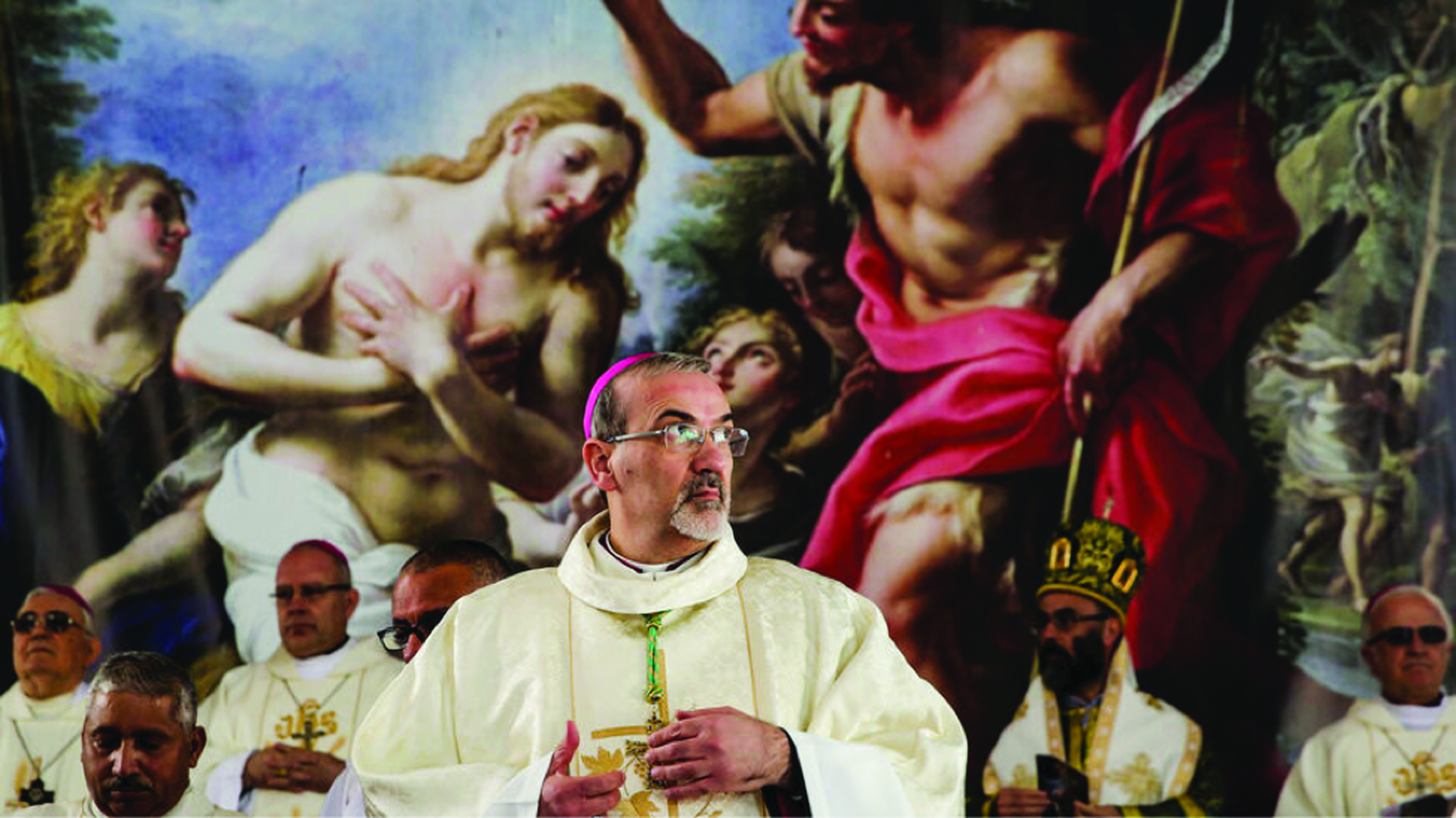
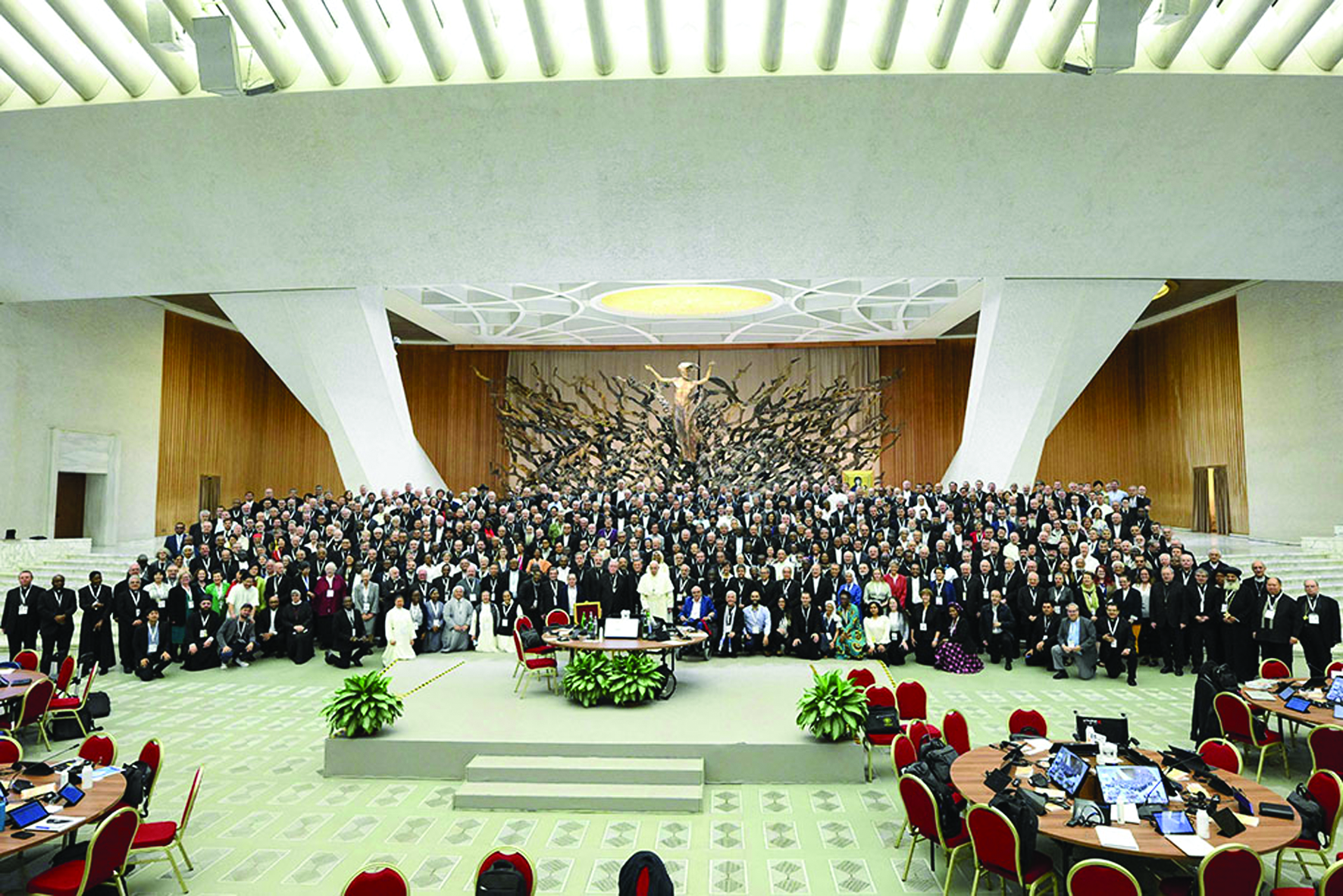
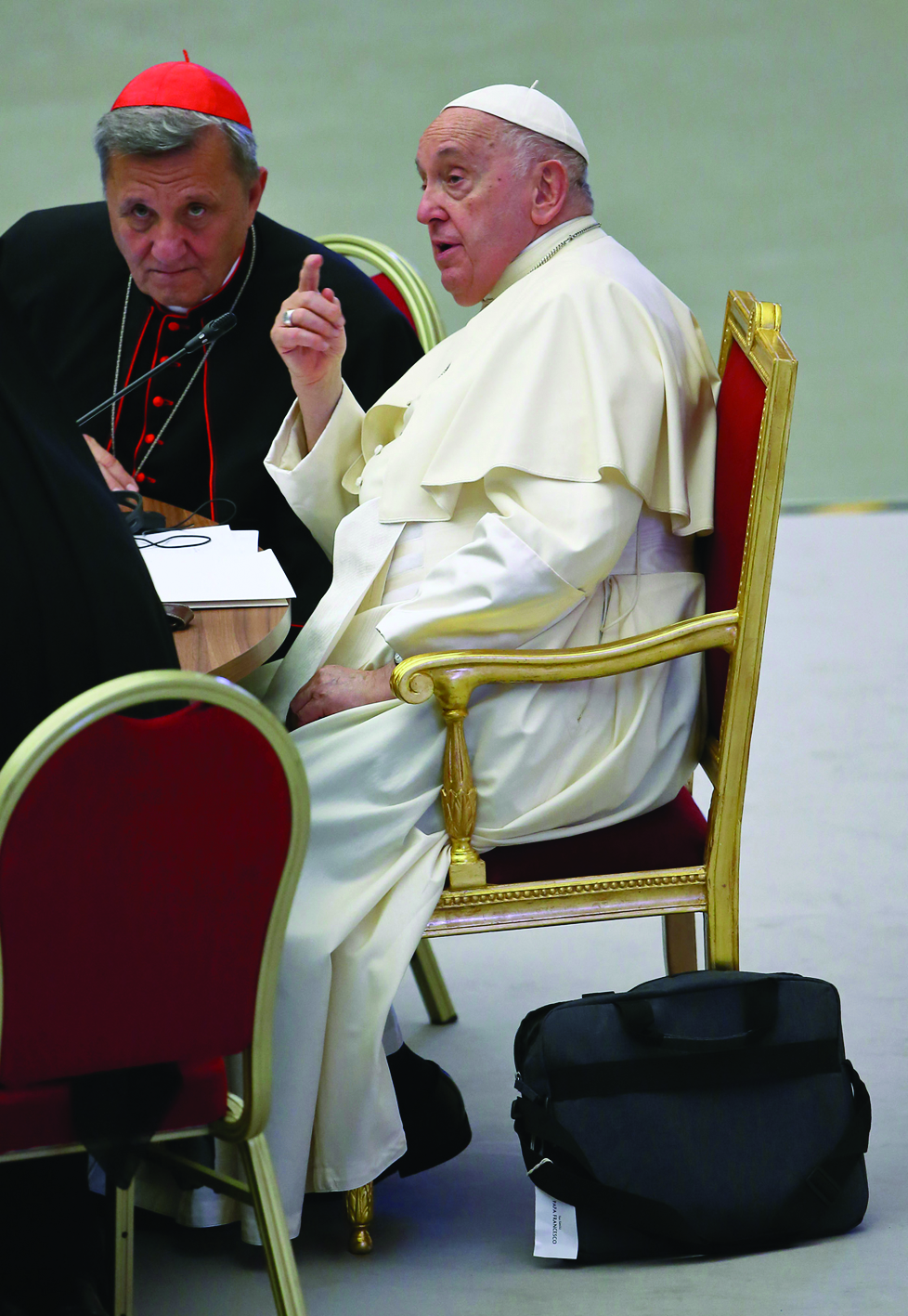
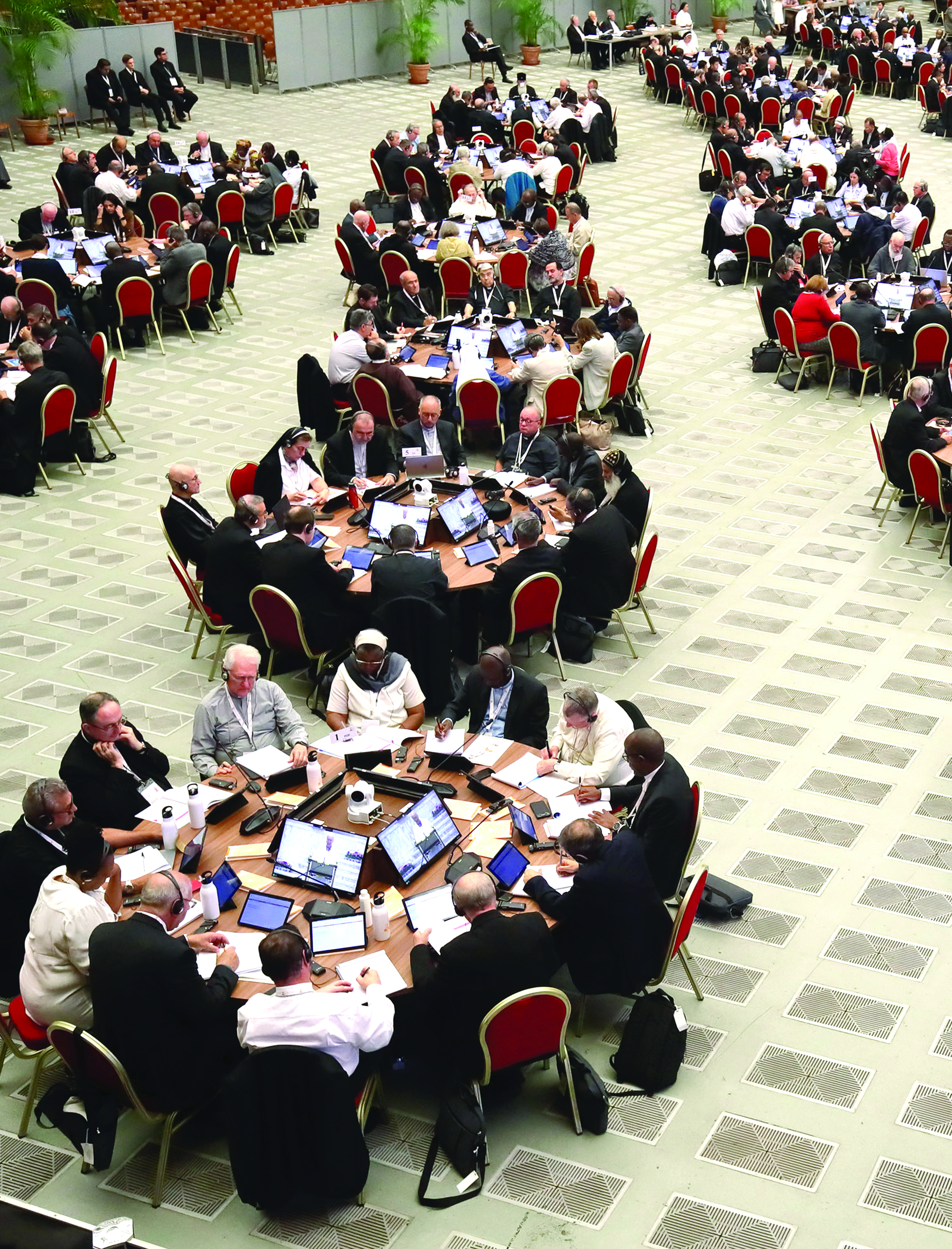
Facebook Comments